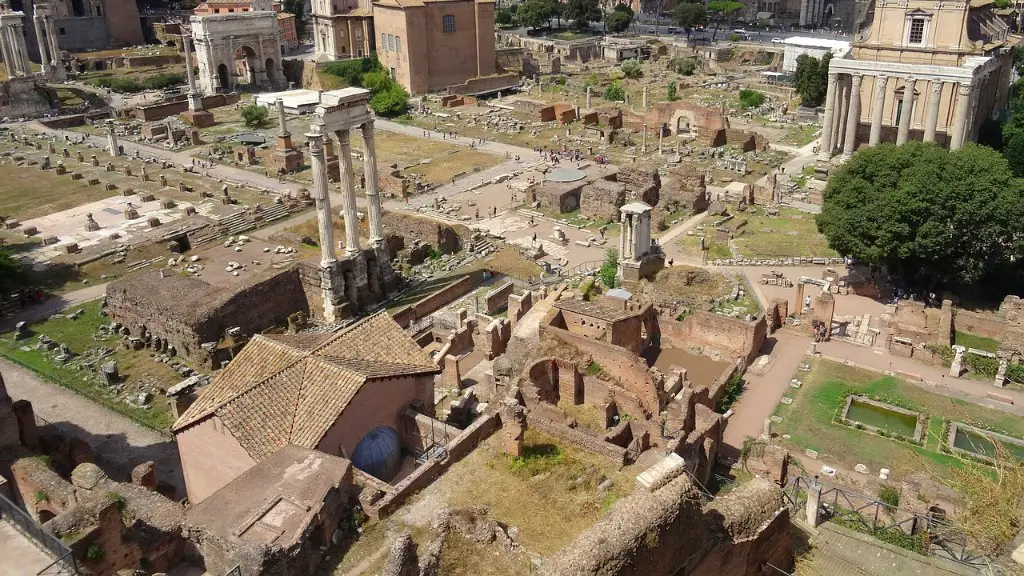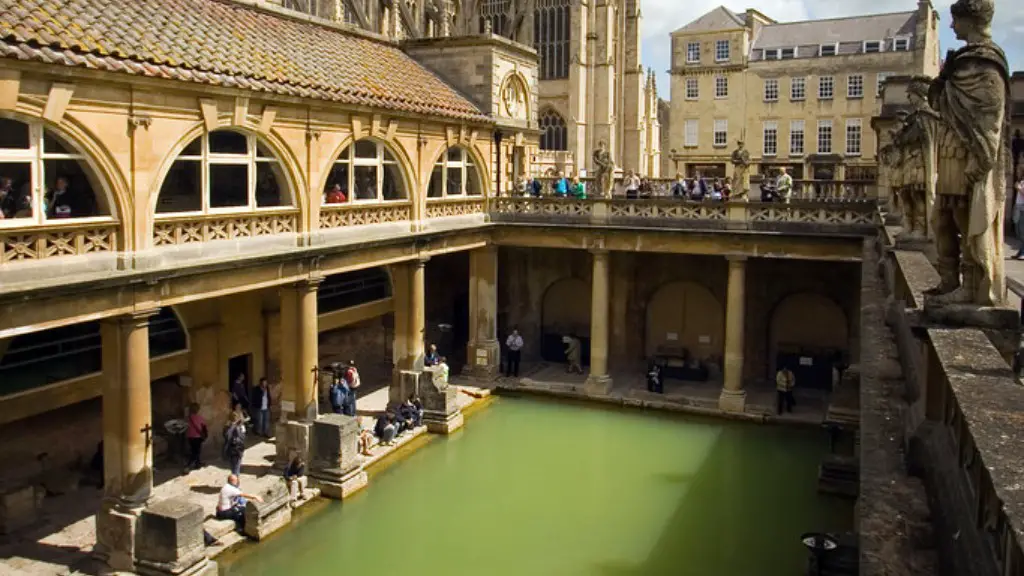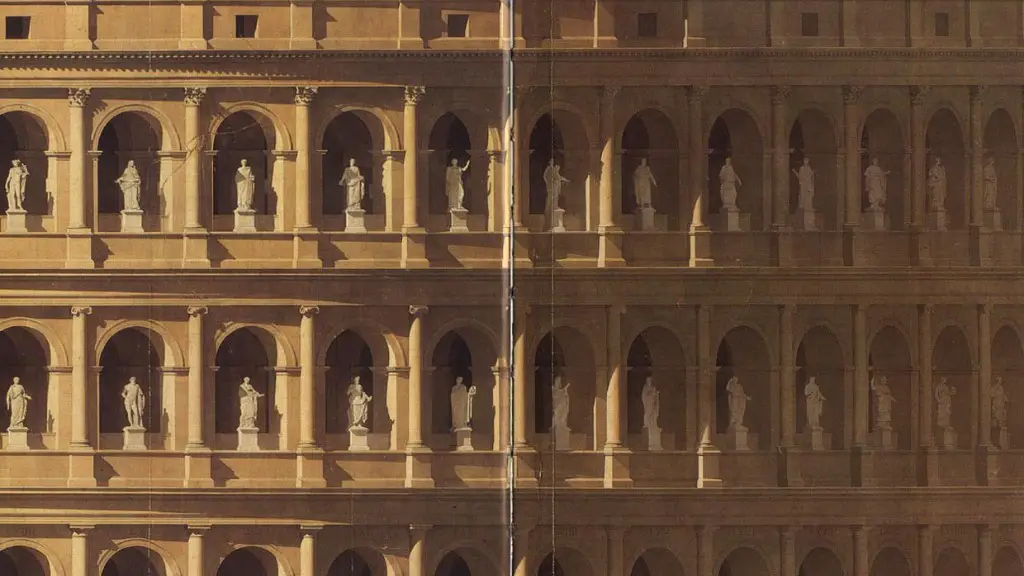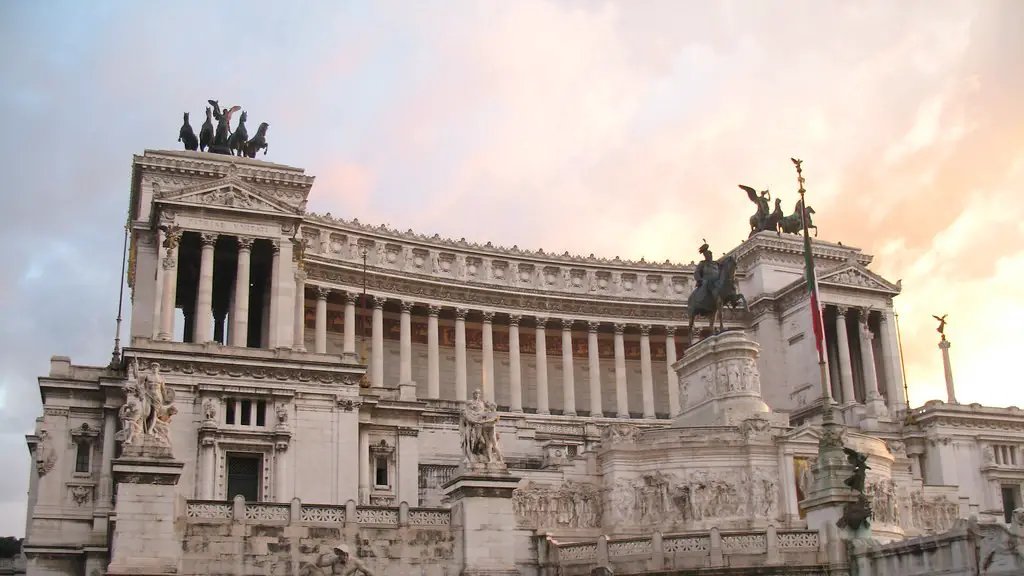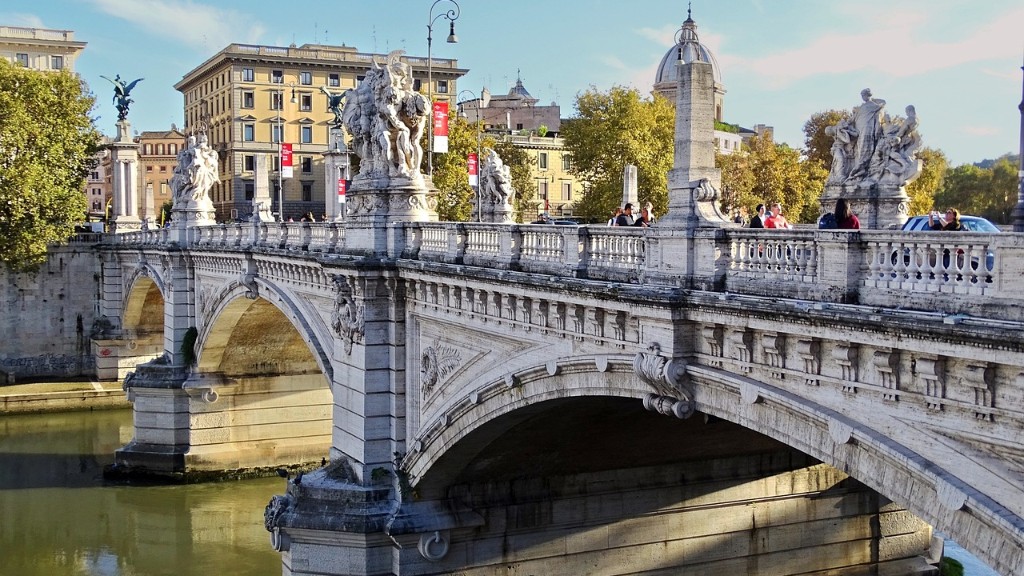The ancient Roman civilization began as early as 753 BC, when the traditional date of the founding of Rome is believed to have occurred. This was two centuries before the founding of the Roman Republic, which would eventually grow to dominate the entire Mediterranean region including much of modern-day Europe. Ancient Rome lasted through 1453 AD, when Constantinople (modern-day Turkey) was taken by the Ottoman Empire. Through this entire period, Rome was a hotbed of cultural and societal advancement, domination and diversification.
It truly began to strengthen its power and dominate the Mediterranean region after the Roman victory over the Carthaginian Empire in 146 BC. This then created a period of relative stability and peace within the Mediterranean region, which opened the door for expansive changes in warfare, politics, literature and architecture. It also saw the rise of prominent figures such as Julius Caesar and his successor Augustus, whose decisions and campaigns equipped Rome with its many trade routes, islands and territories.
In terms of warfare, the Ancient Romans developed and perfected a formidable military that allowed them to easily push back and conquer opponents – whether they be local or foreign. This was bolstered by the formation of regions known as ‘governorates’ and legions, the latter of which would come to embody the ultimate symbol of Roman strength.
At the same time, the Ancient Roman Republic set the groundwork for many societal and cultural advancements. This included rulings from the senate, laws and their enforcement, as well as the development of grand architectural projects such as the Colosseum, Pantheon and the aqueduct systems that Rome is renowned for even today. It also saw huge progress in literature, with authors such as Virgil, Horace, Pliny the Elder and many more.
By the late 3rd century AD, power started to move away from the central area of Rome towards Constantinople, which set the wheels in motion towards the gradual dissolution of the Roman Empire. This shift in power, coupled with many factors such as the Roman-Persian wars, led to the downfall of the Roman Empire in 476 AD.
Government Systems
The ancient Roman government had two main branches – the Senate and the Magistrates. The Senate were the rulers and were made up of the wealthy and powerful members of society. They had the power to pass laws and provided direction to the Magistrates. The Magistrates were the people of the people and were responsible for delivering on laws passed by the Senate. They had the authority to punish those who disobeyed laws and make decisions that would benefit the people.
At various points in its history, the Roman government also had other branches such as the Praetors, who were responsible for judicial matters, and the Censors, who conducted the census and supervised public morality and adherence to the laws.
Rome also had assemblies such as the Curiate, Tribal and Centuriate Assemblies, which were responsible for deciding who were suitable candidates to serve in the Roman Senate and other magisterial positions. They also had a consular system which allowed two consuls to be elected each year to make the final decision on matters presented by the Senate.
Society and Religion
Early Roman society was patriarchal, with the traditional family unit headed by the paterfamilias. The men had greater power and authority within the family while the women were expected to take care of the household.
Romans worshipped a variety of gods and goddesses throughout their history, though the most important ones consisted of Jupiter, Juno, Minerva and Mars. Religion was an integral part of everyday life, with rituals and sacrifices made on a daily basis.
The Ancient Romans also valued education and the arts, with emphasis put on literature, music, theater and other creative fields. Schools and academies also existed, with boys being educated in rhetoric, literature and law.
Geography and Expansion
Geographically, the Roman Empire spanned the entire Mediterranean, stretching from Spain in the west to Egypt in the east and Britain in the north. It also encompassed many modern-day countries, with nations such as Poland, Albania and Croatia being former part of the Roman Empire.
Rome and its territories were also connected through a network of roads, which allowed goods and people to travel between cities and countries. This allowed Rome to expand further, as conveyed by its famous Latin saying ‘All Roads Lead to Rome’.
During its long reign, Ancient Rome was incredibly successful in both its defense and expansion. It showed the Mediterranean world that it was the greatest superpower of its time and became one of the most influential civilizations the world has ever seen.
Economy and Trade
The economy of Ancient Rome was based on a set of core principles, the most important one being trade. Trade was the main source of income for the Roman people, who traded goods and services with other countries in the Mediterranean. This led to a great increase in both wealth and power of the Roman Empire.
The Ancient Roman currency was the denarius and sesterce, with coins and other forms of currency used for transactions. The government also implemented regulations to ensure the stability of prices and protect consumers from exploitation. Roman merchants profited from the sale of local goods such as olive oil and wine, as well as luxurious items from foreign countries.
Agriculture was another major component of the Roman economy, with many crops being cultivated and the products being traded both locally and abroad. This led to a period of prosperity for the agricultural sector and was a major source of income for the Roman Empire.
Architecture and Structures
Architecture is one of the most enduring and iconic aspects of the Ancient Roman Empire. Their structures were grandiose and elegant, and they can still be admired today. Notable Roman architectural feats include the Colosseum, the Baths of Caracalla, the Pantheon and the aqueduct structures.
The Colosseum was the largest amphitheatre of its time and could accommodate up to 50,000 spectators. The Baths of Caracalla were Roman public baths and were used by Roman citizens for leisure and relaxation. The Pantheon is a grand temple dedicated to the gods of Ancient Rome. The aqueduct structures were elaborate networks of pipes that brought water from distant sites to large cities.
The architecture of Ancient Rome was also highly influential, spreading its distinctive style and beauty around the world. This is evidenced by the large number of Ancient Roman-inspired structures found in countries such as France, Germany, Hungary and even Turkey.
Culture and Art
The Ancient Romans were passionate about the arts and culture. Their artworks consisted of sculptures, frescos, mosaics and paintings. They also had a great appreciation for literature, music and theater. Music was often used in theater and everyday life, with instruments such as lyres, flutes and trumpets being used.
The poet Virgil is one of the most renowned authors of Ancient Rome, while Horace, Livy and Ovid were some of the other prominent authors. Roman sculpture and painting was incredibly detailed and often depicted deities, emperors and gods in a stylized manner.
Their culture, traditions and beliefs also spread to many other civilizations, and their legacy continues to this day. Ancient Rome is remembered and celebrated as a period of powerful, influential and influential history.
